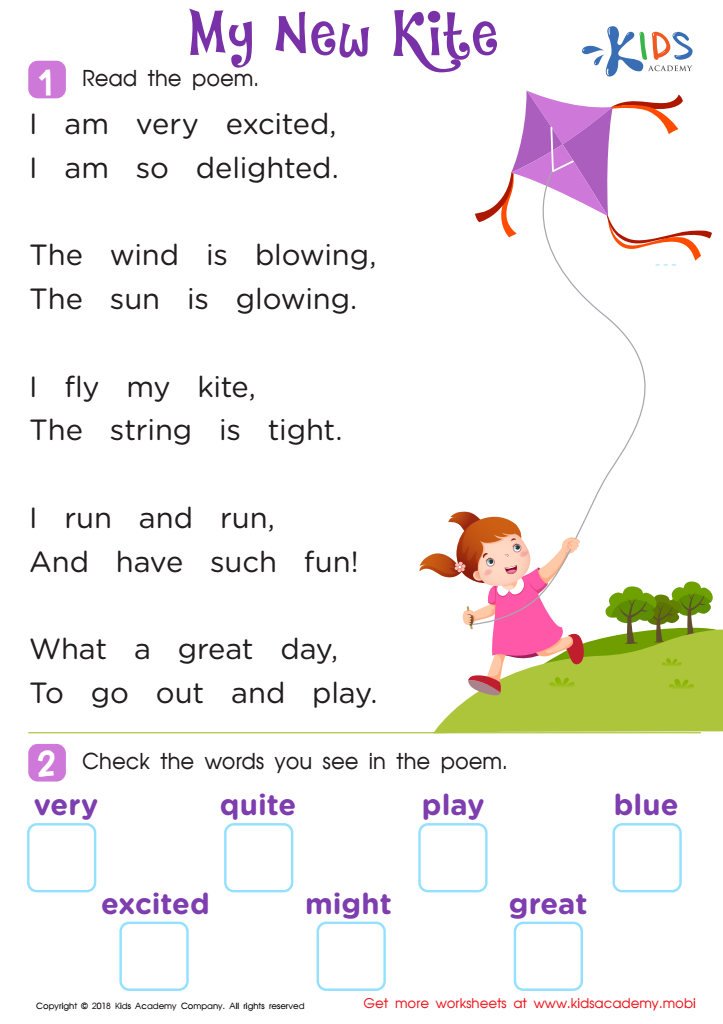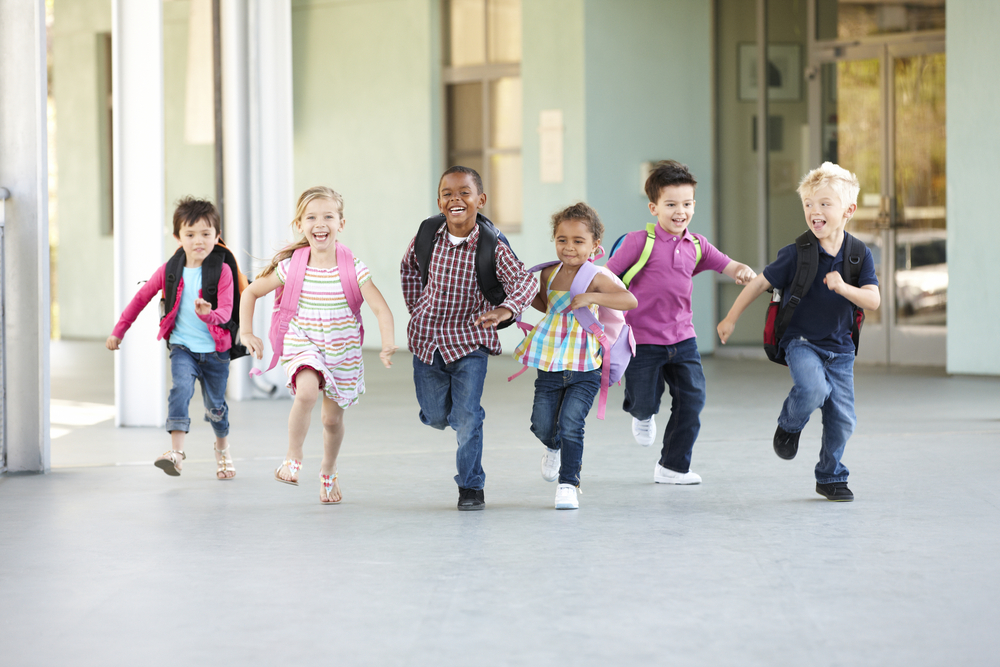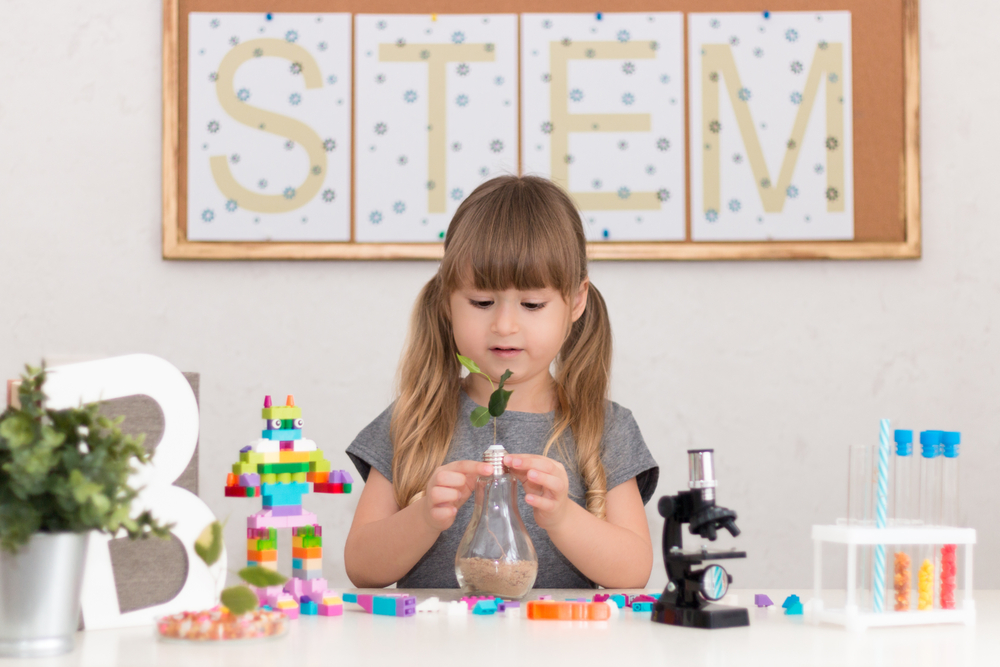Normal Songs and Poems Worksheets Activities With Answers for Ages 3-7
8 filtered results
-
From - To
Explore our engaging "Normal Songs and Poems Worksheets Activities" designed for children ages 3-7! These creative resources incorporate beloved songs and poetry, enhancing literacy skills while making learning fun. Each worksheet features vibrant illustrations and simple activities, perfect for young learners. Parents and teachers will appreciate the included answer keys, ensuring a smooth assessment process. From read-aloud exercises to rhyming games, these activities foster language development, rhythm recognition, and creativity. Promote a love for music and poetry with our user-friendly worksheets that support foundational skills essential for early education. Start your child's learning journey today with enjoyable, interactive activities!


Rhymes in Poems Worksheet


Poem: My New Kite Worksheet


Baa Baa Black Sheep: Vocabulary Worksheet


Identifying Poems Worksheet


Poem or Story Book? Worksheet


Rhyme In Poetry Worksheet


Rhyming Words in Poems Worksheet


Finish Rhyming Poem Worksheet
Parents and teachers should care about normal songs and poems activities for children ages 3-7 because these activities play a vital role in early childhood development. Engaging children with songs and poems enhances their language skills, helping them learn new vocabulary and improve pronunciation. The rhythmic and melodic elements of music make it easier for young learners to memorize words and concepts.
Furthermore, these activities foster emotional connections and positive learning experiences. Singing together or reciting poems can build bonds between children and adults, promoting cooperative learning environments. They also stimulate creativity and imagination, allowing children to express themselves while developing critical listening skills as they follow along with tunes and rhythms.
Moreover, normal songs and poems often incorporate cultural lessons and important values, providing opportunities for children to learn about their heritage and the world around them. These activities also incorporate movement and action, promoting physical development and encouraging coordination and motor skills while making learning fun.
Overall, including songs and poems in educational activities provides a holistic approach to addressing cognitive, emotional, social, and physical aspects of child development, making them essential tools for parents and teachers alike.

 Assign to My Students
Assign to My Students





















